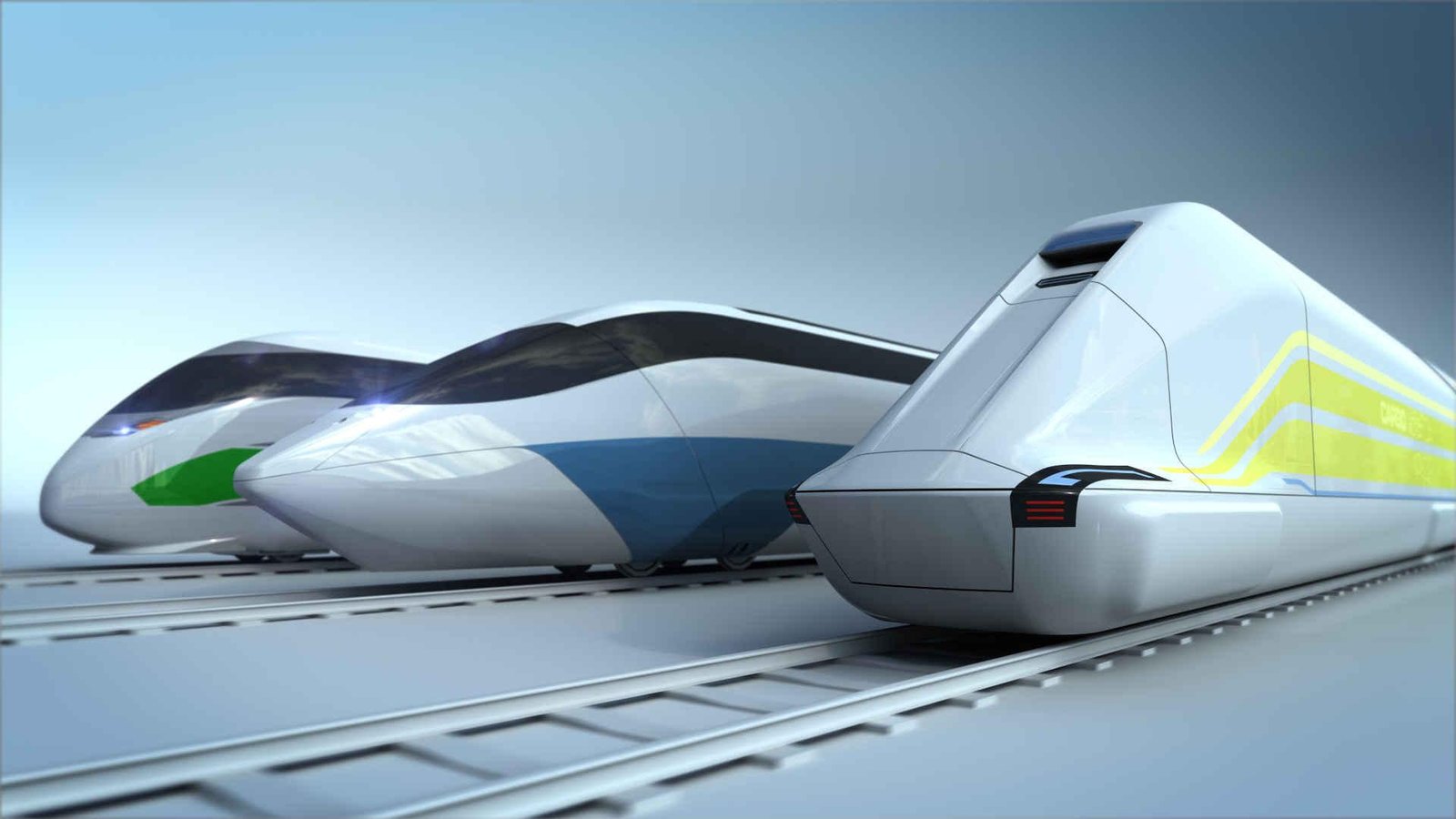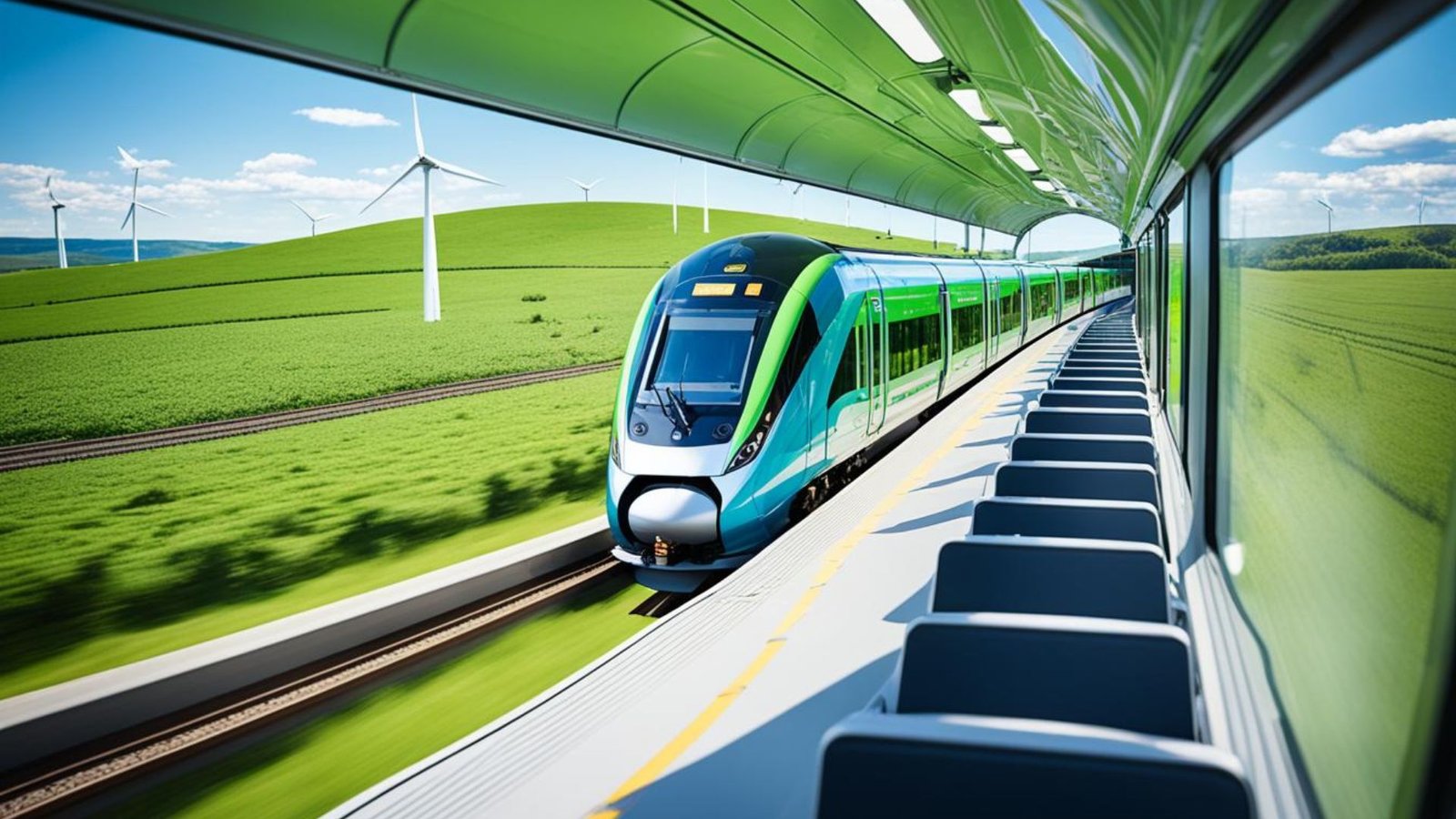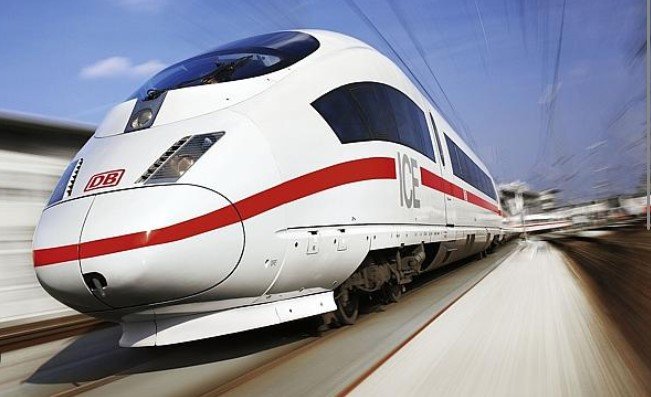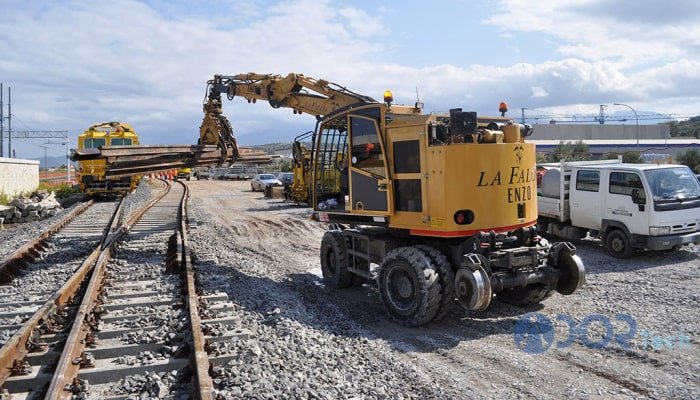High-speed rail systems have transformed the landscape of train travel, offering unmatched speed, efficiency, and sustainability. As more countries invest in high-speed rail networks, this mode of transport is becoming the backbone of modern infrastructure, shaping the future of global connectivity.
1. What Are High-Speed Rail Systems?
High-speed rail (HSR) refers to trains operating at speeds typically exceeding 155 mph (250 km/h) on specially designed tracks. These systems prioritize efficiency, safety, and environmental sustainability, providing a competitive alternative to air and road travel.
Notable Examples
- Shinkansen (Japan): The world’s first high-speed train system, operational since 1964.
- TGV (France): Known for reaching record speeds of up to 357 mph (574.8 km/h) during trials.
- China’s High-Speed Rail Network: The largest globally, covering over 25,000 miles (40,000 km).
2. Benefits of High-Speed Rail Travel
Speed and Efficiency
High-speed rail drastically reduces travel time, connecting major cities in hours rather than days. For example, the Eurostar links London and Paris in just over two hours.
Eco-Friendly Transportation
- High-speed trains emit up to 90% less CO2 than planes.
- Electrified systems reduce dependency on fossil fuels.
Economic Growth
- Creates jobs in construction, operation, and maintenance.
- Stimulates local economies by connecting urban hubs and smaller regions.
Reduced Congestion
By offering a reliable alternative to cars and planes, HSR alleviates congestion on highways and at airports.
Explore Live Casino Gaming Options
While you’re connecting with fellow rail enthusiasts, consider exploring the dynamic world of online entertainment with gambling360 live dealer. Experience the thrill of real-time casino action with live dealers and interactive gameplay, offering a different kind of engaging experience to enjoy during your downtime.
3. Technological Innovations in High-Speed Rail
Maglev Technology
Maglev (magnetic levitation) trains, such as those in Shanghai, eliminate friction by floating above the tracks, allowing speeds exceeding 370 mph (600 km/h).
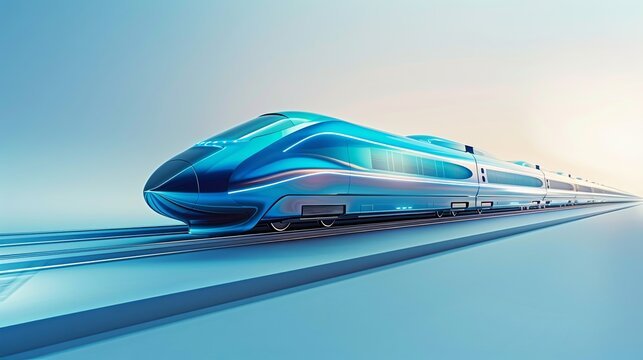
Smart Systems
- AI-powered monitoring ensures track and train safety.
- Real-time scheduling and ticketing improve customer convenience.
Energy Efficiency
- Regenerative braking systems capture and reuse energy.
- Renewable energy sources like solar and wind power HSR networks.
4. High-Speed Rail Across the Globe
Asia
- Japan’s Shinkansen continues to innovate with earthquake-resistant designs.
- China leads the world in high-speed rail expansion, connecting 80% of its cities.
Europe
- The TGV and Eurostar set benchmarks for speed and comfort.
- Spain’s AVE network offers sustainable, high-speed travel.
North America
- Plans for high-speed rail in California aim to connect San Francisco and Los Angeles in under three hours.
Middle East
- Saudi Arabia’s Haramain High-Speed Railway connects holy cities with luxurious service.
5. Challenges in Implementing High-Speed Rail
Despite its benefits, high-speed rail faces challenges, including:
- High Initial Costs: Infrastructure development requires significant investment.
- Land Acquisition: Securing land for dedicated tracks often meets resistance.
- Competition with Air Travel: Airlines frequently lower prices to remain competitive.
However, advancements in technology and public support for sustainable transport are gradually overcoming these hurdles.
Exploring Digital Diversions Beyond Rail Travel
While RailChat focuses on train travel and discussions, the digital landscape offers a wide variety of entertainment options. For those interested in online gaming, you can explore wolfwinner casino.
6. The Future of High-Speed Rail
Sustainability Goals
As countries strive to meet climate targets, high-speed rail is poised to become a cornerstone of eco-friendly transportation networks.
Integration with Urban Mobility
Seamless connections between high-speed rail and local transit systems will enhance accessibility.
Hyperloop Potential
Emerging technologies like the Hyperloop, promising speeds of over 600 mph (965 km/h), could redefine high-speed travel altogether.
Conclusion
High-speed rail systems are not just a mode of transport—they are a vision for the future of sustainable, efficient, and interconnected travel. By combining cutting-edge technology with environmental consciousness, high-speed rail is set to revolutionize the way we move across cities and continents.

